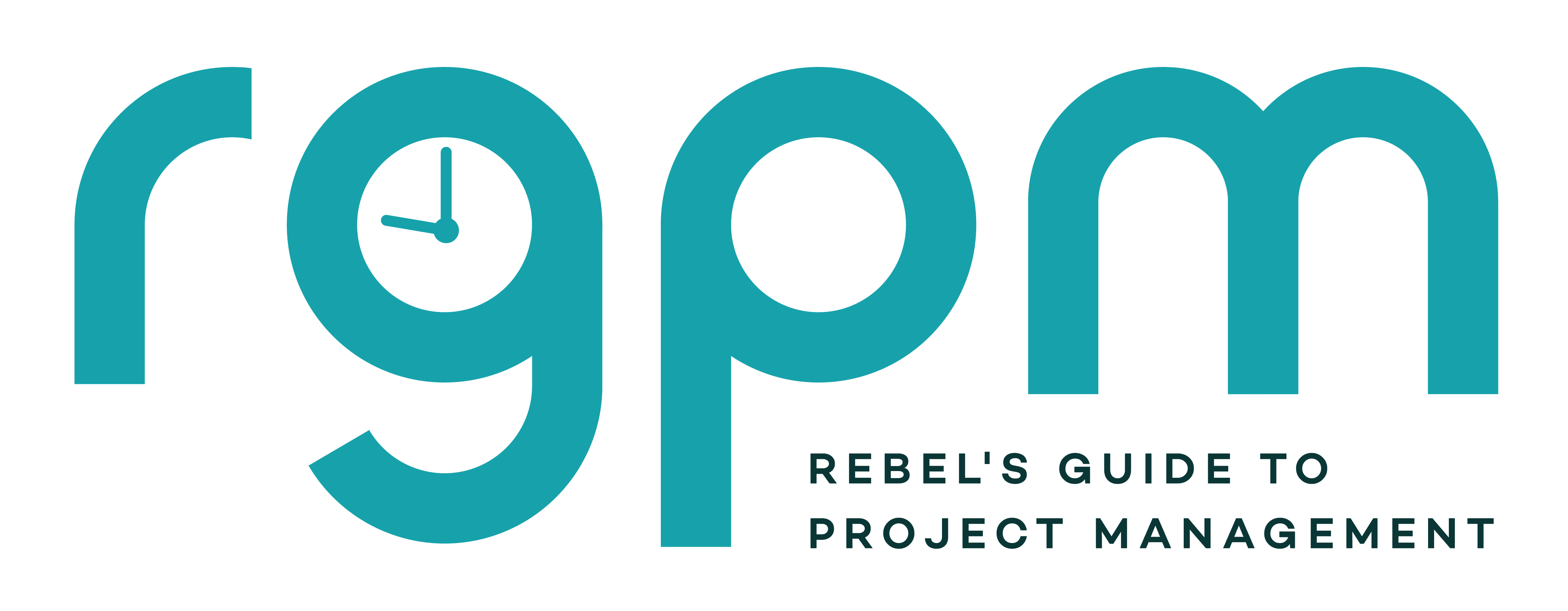Will Project Management Benefit from the Internet of Things?
This is a guest post by Zach Watson of TechnologyAdvice.

The Internet of Things is perhaps the new most-used phrase to describe a recent technological breakthrough. Interestingly, the hype behind this particular innovation describes technology spread over a number a machines that work in concert. The most famous cases are sensors placed into arguably mundane technology, such as household items like thermometers or blinds. Although the items themselves may have lost interest to the modern consumer, their newfound abilities when connected to the Internet makes them far more fascinating.
As an example, Nest, a smart thermometer considered part of the Internet of Things (IoT) gathers data about historical usage patterns, data which it can then use to automate its cooling and heating processing based on user preferences. Therein lies the incredible potential that’s generating such hype about this technology: the ability to automate the functions of some of the simplest technologies, to fit the preferences of their users.
And interest in this technology is growing. Many experts believe that Internet connectivity will become a foundational element of the value proposition for many products. But the Internet of Things isn’t only for consumers; it’s increasingly common in certain industries to find businesses harnessing the power of a myriad of data points to optimize their processes, and better manage projects.
The Internet of Things and Project Management
The Internet of Things has several levels of sophistication. At its simplest, this network of sensors supplies project managers with a number of data points that can hypothetically be fed into several types of systems, such as business intelligence platforms, enterprise resource planning systems, or project management software. At this level, the IoT has simply expanded the number of data sources available to business users, and allows for a granular view of projects and processes.
For example, this use of the IoT has found great success in the management of large scale construction projects. Transporting the equipment and vehicles necessary to complete large-scale construction can be very costly, so project managers gain a great deal of value from placing sensors on transportation vehicles to gather historical data about how long it takes equipment to move from one location to another as well as how many resources are committed to moving said equipment from site to site. This information can be used to create more accurate bids that factor in these costs.
Additionally, PMs can use the IoT of things as a security measure that helps reduce project waste. Theft is a perpetual problem in this industry, so placing sensors on high-value equipment could contribute to less resource loss.
But perhaps the most interesting use of the IoT lies in placing sensors inside of finished projects so these devices can continue to gather information over the lifetime of the building. As materials age and change due to environmental conditions, the sensors will continue to track and report information back to the main project management system. This not only helps research and development teams improve the materials and standards used for construction projects, it also acts as a quality assurance mechanism so that if a foundation begins to decay, maintenance can be alerted to begin repairs.
This last example actually moves beyond the most basic function of the Internet of Things. By signaling the need for maintenance, the IoT actually starts the repair process. For field service technicians, this could be a dream come true. Instead of searching for which part to repair, sensors could communicate exactly what’s wrong to the technician, or a technician could actually search the Internet for the location of the technology that’s in need of repair.
This next level of sophistication could make project management much simpler through automation, even in industries that don’t feature technology-heavy job functions. For instance, sensors placed in retail shipping boxes could signal how much time it took a certain store to unpack and distribute new products, resulting in increased productivity.
The final stage of sophistication in the Internet of Things lies in creating applications that work with the automation possibilities that a veritable ocean of sensors would present. This is where project management software will really start to shine. If PM software integrates with the data from all those sensors, it could become a dashboard for managing multiple data points throughout the entire enterprise. The subsequent automation possibilities and connectedness could lead to an entirely new vision of what could be managed from one software application.
How do you think the Internet of Things will affect project management? Share some insight in the comments.
About the author: Zach Watson is a content writer at TechnologyAdvice. He covers project management, business intelligence, and healthcare IT.
